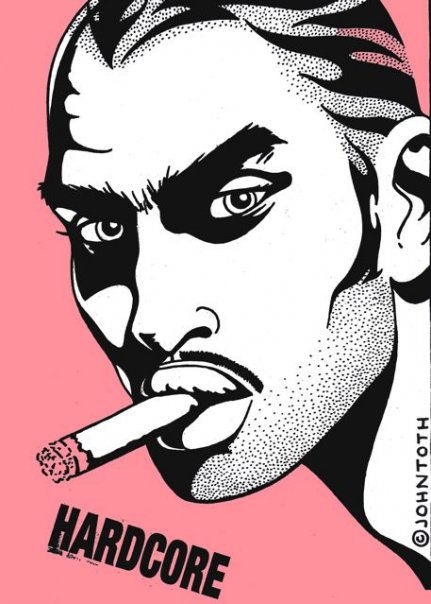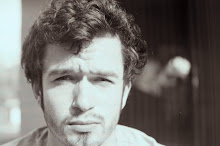 Fundmentally, human beings...need belief, free play of the imagination and intuition in their homes and workshops or they become starved.
Fundmentally, human beings...need belief, free play of the imagination and intuition in their homes and workshops or they become starved. All the cog-wheels and electronic brains cannot assuage these human needs in the long run
All the cog-wheels and electronic brains cannot assuage these human needs in the long run It is for lack of such essentials that we turn to dope of one kind or another, or to destructiveness.
It is for lack of such essentials that we turn to dope of one kind or another, or to destructiveness. Basically this is not so much a revolution against science and the machine as a seeking of a means of counterbalance by employing man's first tools, his own hands, for the expression of his inner nature
Basically this is not so much a revolution against science and the machine as a seeking of a means of counterbalance by employing man's first tools, his own hands, for the expression of his inner nature The problem is how artist-craftsmen are to function rightly in a world of machines.
The problem is how artist-craftsmen are to function rightly in a world of machines. Enthusiasm and play of imagination, for example, occur as wet clay spins under fingers, but take place with varying degrees of intensity, depending on how free of inhibitions one is.
Enthusiasm and play of imagination, for example, occur as wet clay spins under fingers, but take place with varying degrees of intensity, depending on how free of inhibitions one is. His main criticism of individual craftsmen and modern artists is that they are overproud of their individualism.
His main criticism of individual craftsmen and modern artists is that they are overproud of their individualism. the good artist or craftsman has no personal pride because his soul knows that any prowess he shows is evidence of that Other Power
the good artist or craftsman has no personal pride because his soul knows that any prowess he shows is evidence of that Other Power Handcraftmanship, if it be alive, justifies itself at any time as an intimate expression of the spirit of man.
Handcraftmanship, if it be alive, justifies itself at any time as an intimate expression of the spirit of man.
 If, however, it ceases to serve a functional need, it runs the risk of becoming art for art's sake and untrue to its nature, depending upon the sincerity of the craftsman
If, however, it ceases to serve a functional need, it runs the risk of becoming art for art's sake and untrue to its nature, depending upon the sincerity of the craftsman They did not do it for its beauty, they merely did it.
They did not do it for its beauty, they merely did it.
And yet, "merely doing" something is in itself a great source of beauty, implying as it does a state of freedom not bound by concepts of beauty, much less fear of the ugly.






















